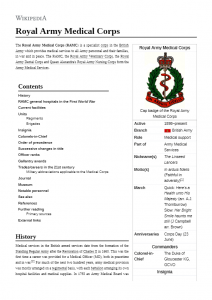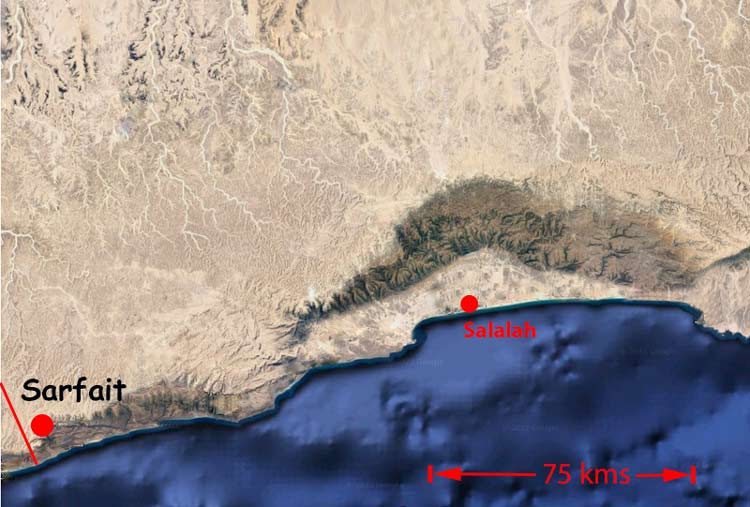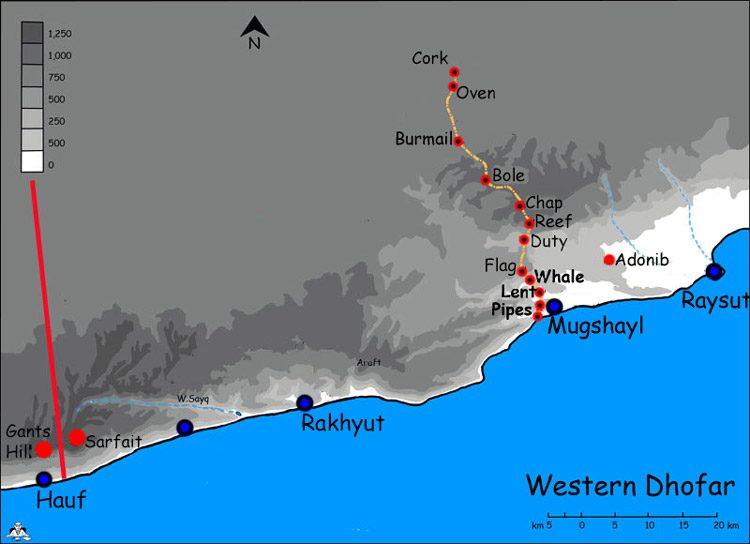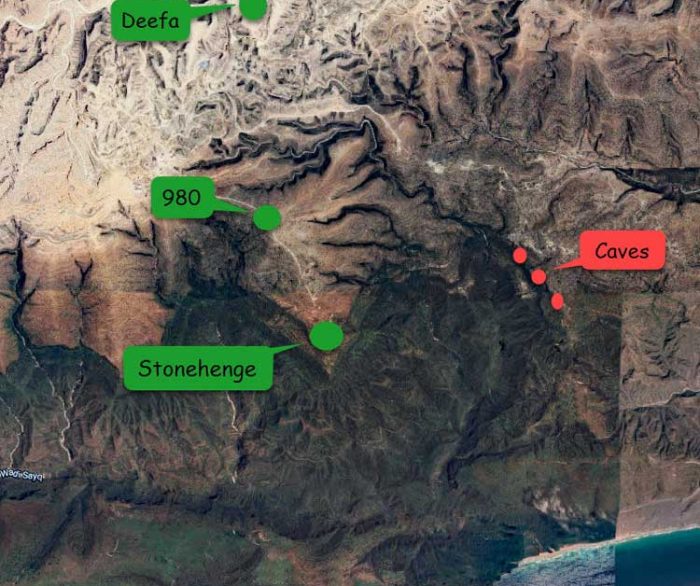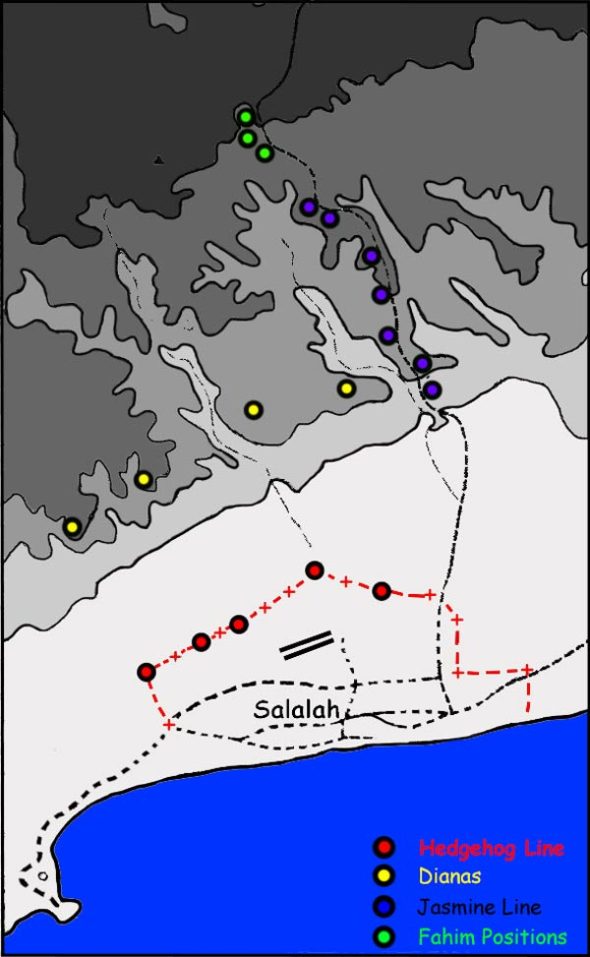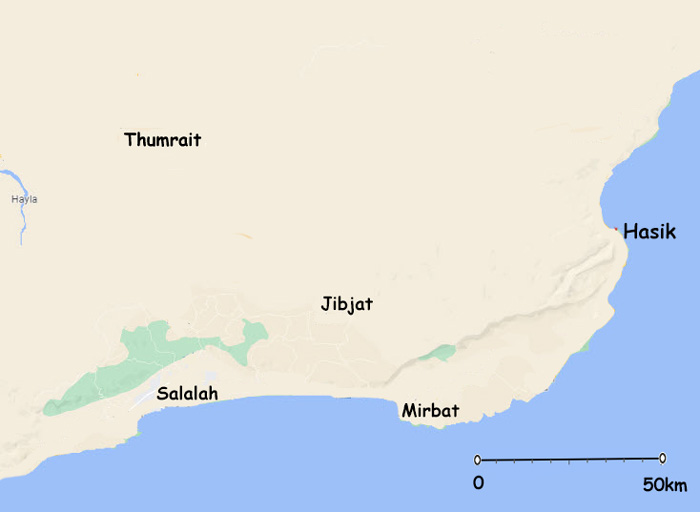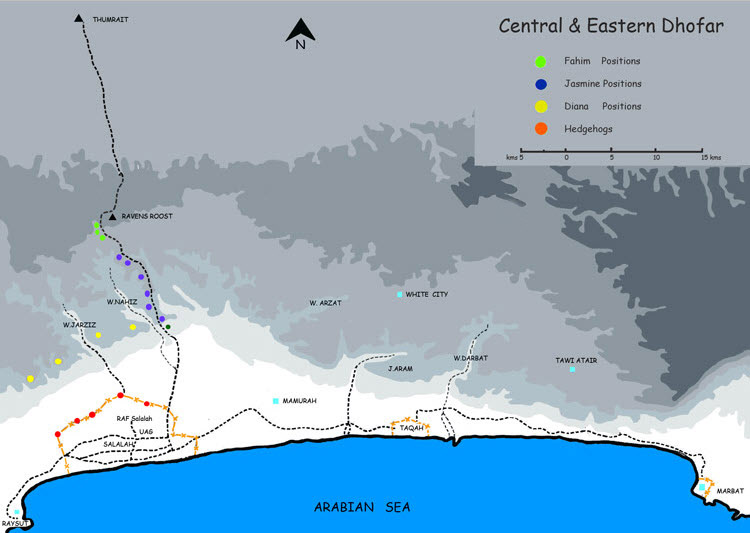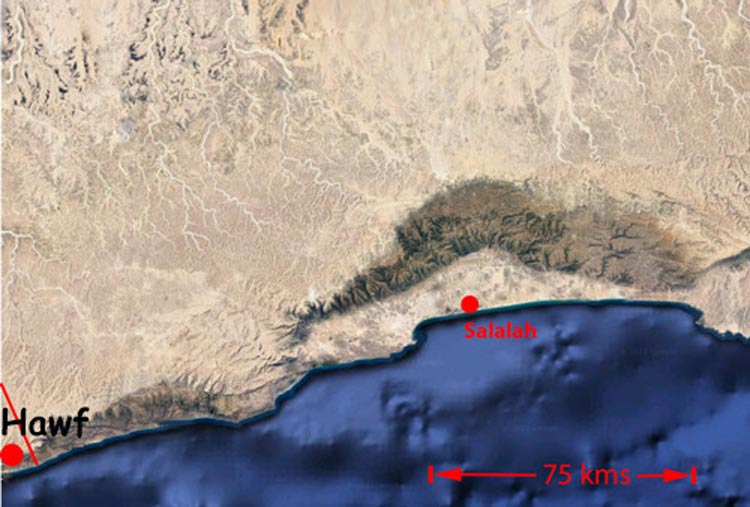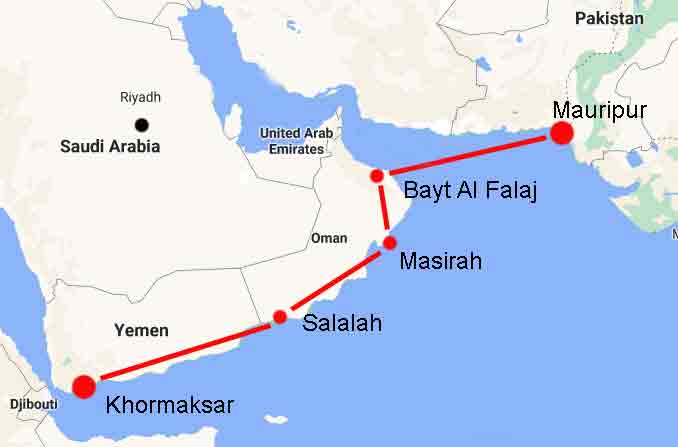
Royal Army Medical Corps
In 1972 the British Army comprised some 180,000 men and women spread widely around the world and often accompanied by their families. The RAF and the RN were also much larger than they are now and had large numbers of dependents. The strength of the army when this website was commenced in 2003 was about 100,000 and was largely based in the UK. Current strength is now “X” (Whatever figure I give will change by tomorrow morning) The late 2014 figure is probably somewhere in the region of 94,000 and is deployed over about 80 locations worldwide.
Today there are relatively few families abroad and the huge system required to support them abroad is no longer needed. The webmaster worked in BMH Rinteln for four years catering solely for servicemen and their families but did have clinical contacts with the local German krankenhaus in Minden. We could teach them about our anaesthetic techniques and they could teach us about their skills with local anaesthesia.
The webmaster is of the opinion that even in the UK there is a need for dedicated wards in local general hospitals for service families where service doctors who have a particular understanding of their needs could care for them. Unquestionably the benefits gained from mixing with a wider range of doctors from across all specialities would benefit both the local NHS doctors and the RAMC doctors.
The experiences in Iraq and Afghanistan and the techniques and materials used by the military doctors have unquestionably benefitted NHS doctors in their dealings with casualties that have arisen as a consequence of terrorist activity in the UK. In the 1970s the RAMC was a much larger corps which provided doctors to regiments, field ambulances and over fifteen static hospitals. The scale of provision and organisation was entirely different to that found today. That is not to say that there were not shortages in some specialities. The shortage in General Duties Medical Officers (GDMOs) had partly been addressed by the recruitment of Short Service Medical Officers. A paid university cadetship was followed by an obligatory five years Short Service Commission. Whilst sometimes there was the opportunity to sign on for a Regular Commission, the relationship between “regular” and Short Service officers, like that of the National Service medical officers before them, discouraged many and at the end of the five years many left the services.
Some Short Service Commission officers had the opportunity to train in one of the specialties if a vacancy arose. The webmaster spent two years in the medical centre at Kirkee/McMunn Barracks in Colchester looking after 1RHA, 19 Flt AAC, 8Inf Workshops REME and 19OFP as a GDMO. We had been warned at Mytchett on our basic training course that in many regiments RMOs were tolerated rather than accepted and came very low in the military pecking order.
After two enjoyable and busy years as a GDMO in Colchester the webmaster was given the prospect of training in anaesthesia at Queen Alexandra’s Military Hospital at Millbank. Somewhat reluctantly he left 1RHA Millbank. Six months basic anaesthetic training was given culminating with the examination for the Diploma in Anaesthesia at the Royal College of Surgeons. This was followed by a posting as a trainee to another military hospital.
The anaesthetic complement varied from hospital to hospital; BMH Rinteln anaesthetic department in BAOR was staffed by a consultant, a specialist and a trainee anaesthetist. At that time there were perhaps twenty seven anaesthetists of various grades and experience spread throughout the hospitals in the army.
The workload was considerable. BMH Rinteln had about 250 beds, a busy maternity unit, a large childrens’ ward and was home to many of the specialist consultants in BAOR. More often than not there were only two anaesthetists available as one might be on leave or providing leave relief in another hospital. The two junior anaesthetists were also only partly trained which meant that if the consultant was away the responsibilities for anaesthesia in the hospital fell on young and inexperienced shoulders. Surprisingly I do not recall any disasters !
Trainee was simply an accreditation in the anaesthetic hierarchy. Very little training was undertaken. On the north German plain there were no local PostGraduate Training centres where, unlike our colleagues in the UK, we could go for CPD. There were no days off where we could attend lectures. Lifeless correspondence courses are a poor second. The Adviser in Anaesthetics managed his workforce with skill and obtained maximum output whilst cutting back on the long term.
